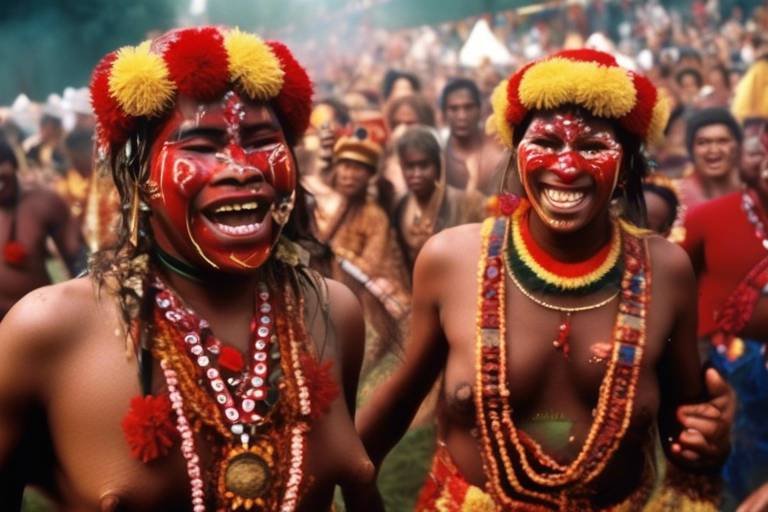The Artistic Contributions of Women Throughout History
Women have been making remarkable artistic contributions throughout history, shaping the cultural landscape with their creativity and vision. From ancient civilizations to the modern era, female artists have defied societal norms and gender barriers to leave an indelible mark on the world of art. These pioneering women have not only challenged conventions but have also redefined artistic expression, pushing boundaries and inspiring generations to come.
In ancient times, women artists displayed exceptional skills in painting, sculpture, and weaving, creating masterpieces that continue to captivate audiences today. Despite facing challenges and restrictions, these artistic pioneers broke free from traditional roles to showcase their talents and contribute to the rich tapestry of human creativity.
The Renaissance period saw a rise in women artists who defied the male-dominated art world to excel in fields like painting, drawing, and music. These trailblazers, such as Sofonisba Anguissola and Artemisia Gentileschi, shattered stereotypes and paved the way for future generations of female artists to thrive in the world of art.
During the Baroque and Rococo periods, women artists made significant strides in painting, sculpture, and architecture, adding a unique perspective to the flourishing art scenes of Europe. Figures like Elisabetta Sirani and Angelica Kauffman showcased their talents and contributed to the artistic legacy of their time.
The 19th century brought forth a new wave of female innovators, from the Pre-Raphaelite painters to the Impressionists, who challenged conventions and reshaped the art world with their fresh perspectives and unconventional techniques. These women artists, including Mary Cassatt and Berthe Morisot, left an enduring impact on the art world.
The 20th century witnessed the rise of avant-garde female artists who pushed the boundaries of traditional art forms, exploring surrealism, abstract expressionism, and feminist art. Visionaries like Frida Kahlo and Georgia O'Keeffe revolutionized the art world, challenging norms and redefining artistic boundaries.
Today, contemporary female artists continue to make waves across various mediums, from photography and installation art to performance and digital media. These trailblazers, such as Yayoi Kusama and Marina Abramović, continue to inspire with their innovative creations and boundary-pushing works that redefine the modern art landscape.
Exploring the global perspectives on women in art reveals a rich tapestry of talent and narratives from diverse cultural backgrounds and regions. Women artists from around the world bring unique voices and perspectives to the global art scene, enriching it with their creativity and contributing to a more inclusive and diverse artistic landscape.
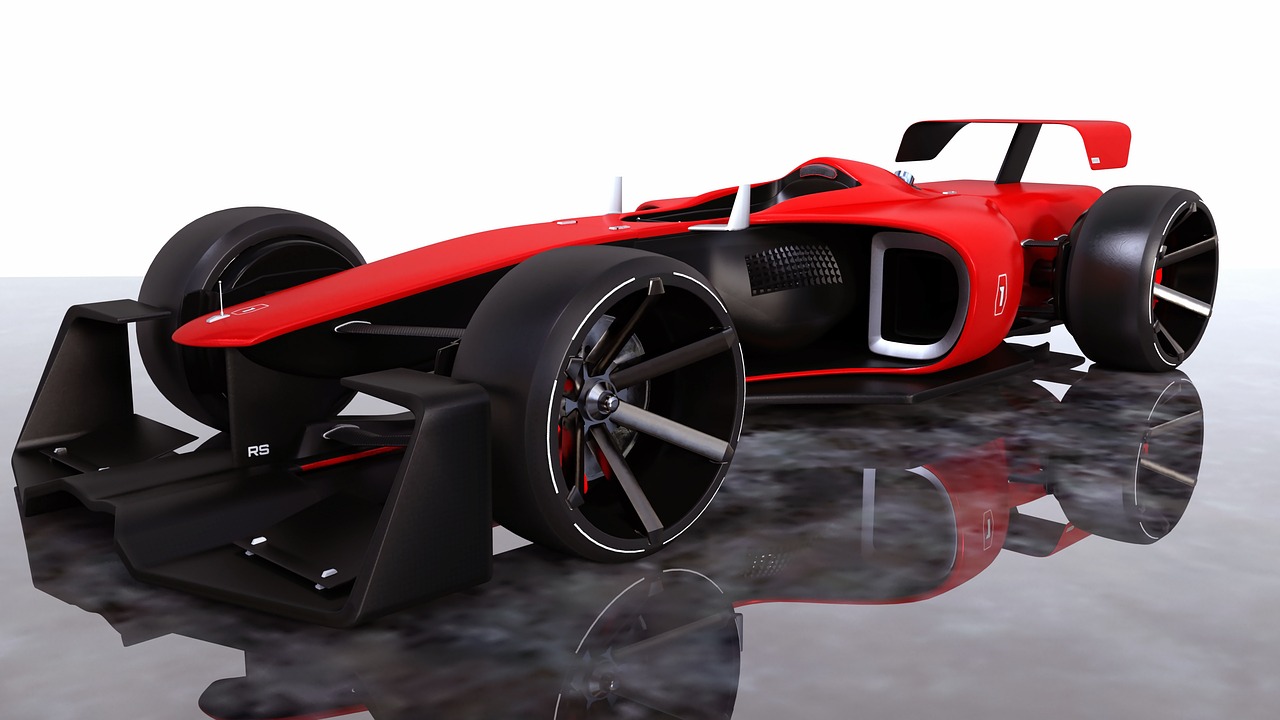
Ancient Artistic Pioneers
Exploring the significant impact and diverse creativity of women artists across different historical periods and art forms, highlighting their often overlooked but invaluable contributions to the world of art and culture.
Throughout ancient civilizations, women artists emerged as pioneers in various artistic disciplines, defying societal norms and creating remarkable works that continue to inspire us today. These skilled painters, sculptors, and weavers broke barriers to express their creativity and leave a lasting legacy in the annals of art history.
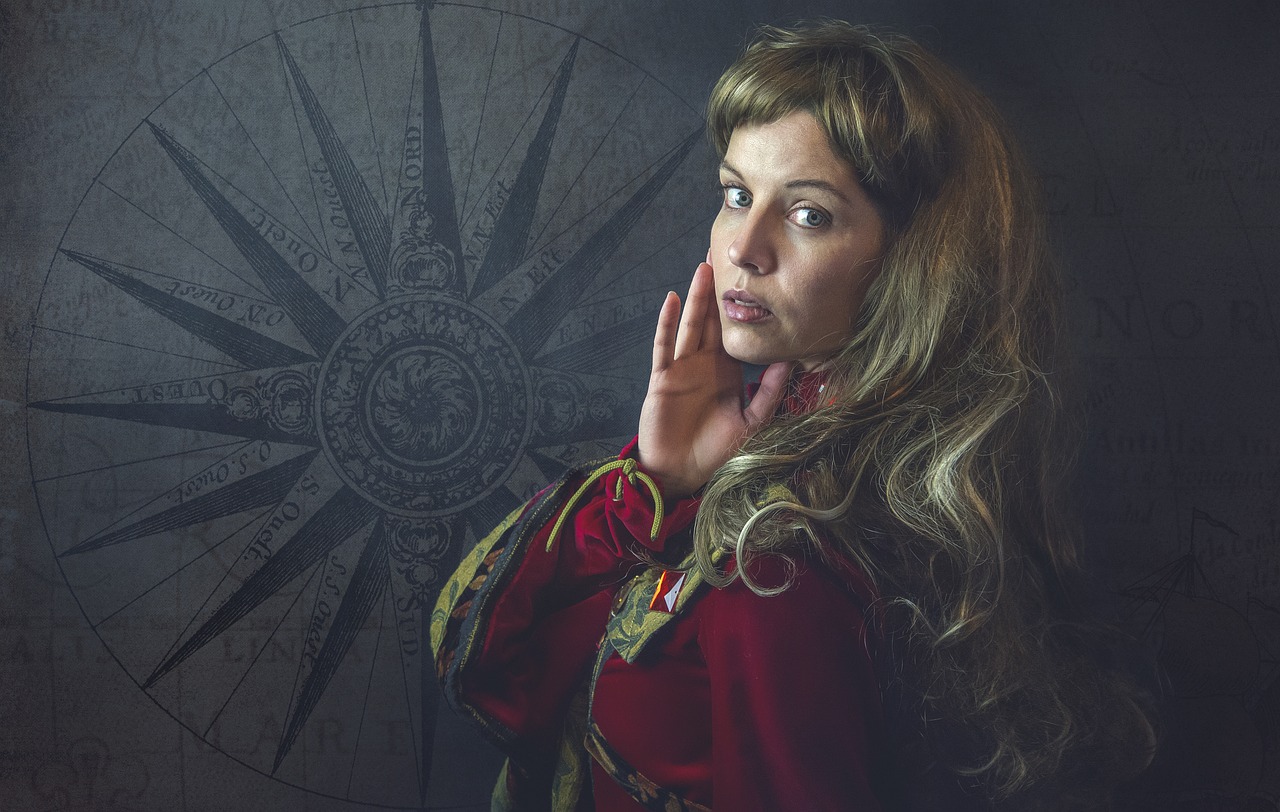
Renaissance Women Artists
Exploring the significant impact and diverse creativity of women artists across different historical periods and art forms, highlighting their often overlooked but invaluable contributions to the world of art and culture.
During the Renaissance period, women artists faced numerous challenges in a male-dominated art world. However, despite these obstacles, several remarkable women managed to break through societal norms and establish themselves as prominent figures in the art scene.
One such pioneering artist was Sofonisba Anguissola, an Italian painter known for her portraits and historical paintings. Her talent and determination allowed her to become a court painter for the Spanish king, Philip II, a rare achievement for a woman of her time.
Another notable figure is Lavinia Fontana, an Italian painter who gained recognition for her portraits and religious paintings. Fontana's skill and dedication to her craft earned her commissions from various noble families and established her as a respected artist in the Renaissance art world.
These women artists not only demonstrated exceptional talent but also paved the way for future generations of female artists to pursue their artistic aspirations despite societal constraints.
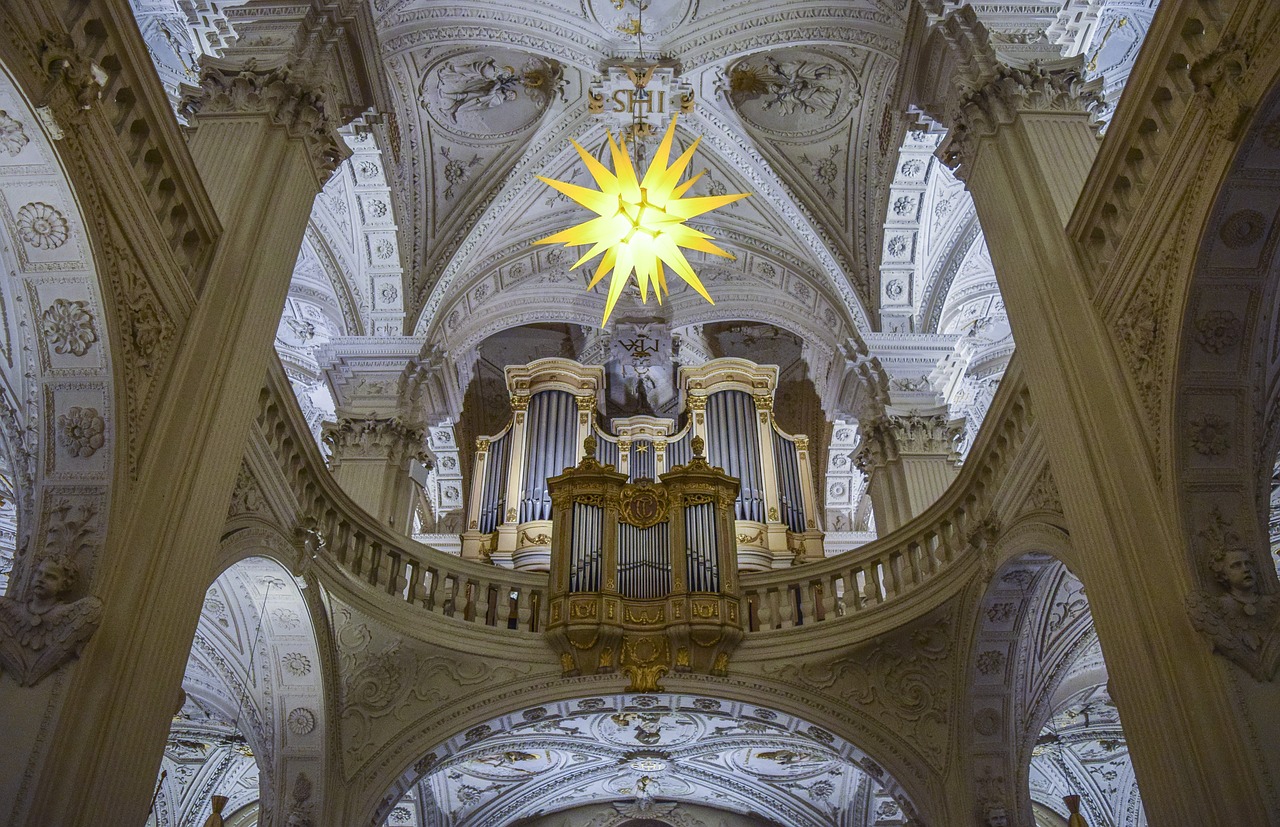
Baroque to Rococo Creators
During the Baroque and Rococo periods, women artists made remarkable strides in the world of art, breaking barriers and leaving a lasting impact on the artistic landscape of Europe. These talented individuals, often overshadowed by their male counterparts, brought a fresh perspective and innovative approach to their craft.
One notable figure from the Baroque period is Artemisia Gentileschi, an Italian painter known for her powerful and dramatic works that often depicted strong female characters from mythology and the Bible. Despite facing discrimination and challenges due to her gender, Gentileschi's talent shone through in her captivating compositions and masterful use of light and shadow.
In the realm of sculpture, Elisabeth Vigée Le Brun emerged as a prominent artist during the Rococo era. Her exquisite portraits, characterized by soft colors and delicate brushwork, captured the essence of her subjects with a sense of elegance and grace. Vigée Le Brun's ability to convey emotion and personality in her works set her apart as a leading artist of her time.
Moreover, women architects like Germaine Boffrand played a vital role in shaping the architectural landscape of the Rococo period. Boffrand's innovative designs and attention to detail contributed to the ornate and whimsical style that defined Rococo architecture, leaving a lasting imprint on the grand palaces and buildings of the era.
These Baroque and Rococo creators paved the way for future generations of women artists, proving that talent knows no gender and that artistic brilliance transcends societal expectations. Their legacy continues to inspire and influence artists around the world, underscoring the enduring impact of women in the history of art.

19th Century Innovators
During the 19th century, women artists emerged as groundbreaking innovators, challenging the norms of the male-dominated art world and making significant contributions to the evolving artistic landscape. One notable group of innovators during this period was the Pre-Raphaelite painters, who rebelled against the academic conventions of their time and embraced a detailed, vibrant style inspired by medieval art and literature. Their works often featured intricate symbolism and intense colors, capturing the imagination of viewers and sparking new artistic movements.
Additionally, the Impressionists, a revolutionary group of artists including luminaries such as Berthe Morisot and Mary Cassatt, defied traditional techniques and sought to capture the fleeting effects of light and color in their paintings. These female artists played a crucial role in shaping the Impressionist movement, bringing a fresh perspective and unique sensitivity to their work that resonated with audiences and critics alike.
Women artists of the 19th century were not only innovators in terms of style and technique but also in their subject matter and portrayal of women's experiences. They depicted intimate scenes of daily life, explored themes of identity and individuality, and challenged societal expectations through their art. By daring to express their own perspectives and emotions, these innovators paved the way for future generations of female artists to assert their creative voices and make a lasting impact on the art world.

20th Century Trailblazers
In the tumultuous landscape of the 20th century, women artists emerged as bold pioneers, challenging the status quo and redefining the very essence of art. From the surrealists who delved into the depths of the subconscious to the abstract expressionists who poured raw emotion onto the canvas, these trailblazers shattered traditional boundaries with their avant-garde creations.
One such iconic figure is Frida Kahlo, whose vibrant self-portraits became a symbol of resilience and self-expression. Her unapologetic exploration of pain and identity continues to captivate audiences worldwide, transcending time and cultural barriers.
Moving into the realm of abstract expressionism, artists like Lee Krasner and Joan Mitchell made indelible marks on the art world with their dynamic and powerful compositions. Their bold brushstrokes and innovative techniques pushed the boundaries of art, paving the way for future generations of female artists to thrive.
Additionally, feminist artists such as Judy Chicago and Yayoi Kusama used their art as a tool for social commentary and activism, challenging ingrained patriarchal structures and advocating for gender equality. Their provocative installations and boundary-pushing performances sparked important conversations about power, identity, and representation in the art world.

Contemporary Female Artists
Contemporary female artists are at the forefront of pushing boundaries and redefining artistic expression in the modern era. Their work spans a wide range of mediums, from traditional painting and sculpture to cutting-edge digital media and immersive installations. These artists challenge conventional norms and address pressing social issues, using their art as a powerful tool for activism and self-expression.
One notable contemporary female artist is Yayoi Kusama, known for her mesmerizing polka-dot patterns and immersive infinity mirror rooms that captivate audiences worldwide. Her work blurs the lines between art and life, inviting viewers to experience art in a whole new dimension.
Another trailblazer in the contemporary art scene is Kara Walker, whose provocative silhouetted figures and installations confront issues of race, gender, and power dynamics in society. Through her art, Walker sparks important conversations and challenges viewers to confront uncomfortable truths.
Contemporary female artists like Marina Abramović have redefined the boundaries of performance art, pushing the limits of the body and endurance in thought-provoking ways. Her groundbreaking performances invite audiences to question their own perceptions of art and the human experience.
These artists, among many others, continue to inspire and influence the art world with their innovative approaches and fearless creativity. Their contributions not only enrich the artistic landscape but also serve as a testament to the enduring power of female voices in shaping contemporary culture.
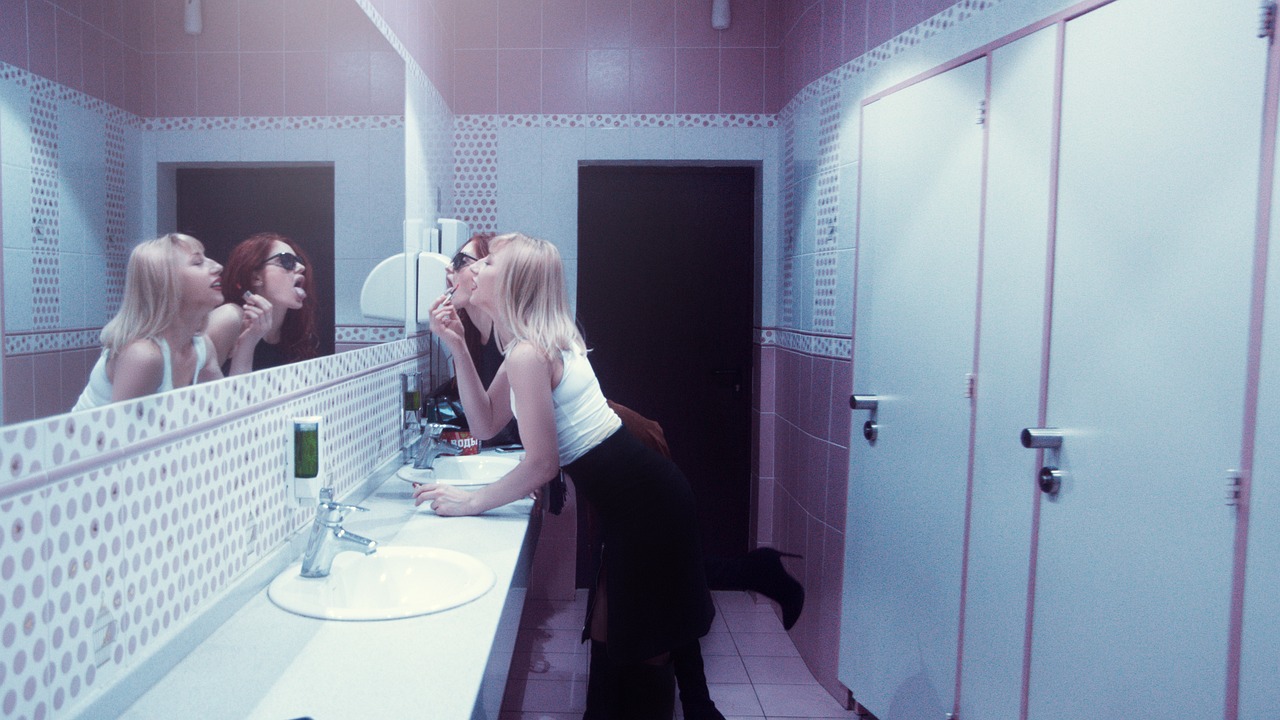
Global Perspectives on Women in Art
When exploring the global perspectives on women in art, it becomes evident that women artists from diverse cultural backgrounds and regions have made significant contributions to the art world. From the vibrant and intricate textile art of indigenous women in South America to the bold and thought-provoking performance art of contemporary female artists in Asia, the artistic landscape is enriched by the unique voices and experiences of women.
One fascinating aspect of global perspectives on women in art is the intersection of traditional practices with modern influences. For example, women artists in Africa may blend ancient storytelling techniques with digital media to create powerful visual narratives that speak to both the past and the present. This fusion of old and new, traditional and contemporary, adds layers of depth and complexity to their work, inviting viewers to engage with art in a dynamic and evolving way.
Moreover, the recognition and representation of women artists from non-Western cultures are crucial in reshaping the dominant narratives in the art world. By amplifying the voices of women from marginalized communities and highlighting their artistic achievements, we not only celebrate their talent but also challenge the Eurocentric perspectives that have historically dominated art discourse.
Through exhibitions, publications, and online platforms, the global art community is increasingly embracing and promoting the work of women artists from around the world. This shift towards inclusivity and diversity not only enriches the artistic landscape but also fosters a more equitable and representative art world where all voices are valued and celebrated.
Frequently Asked Questions
- Who were some notable ancient women artists?
Ancient women artists, such as the painter Enheduanna in Mesopotamia and the sculptor Myrtis in Greece, were pioneers in their respective civilizations, creating enduring works of art that showcased their talent and creativity.
- How did Renaissance women artists navigate societal challenges?
Renaissance women artists like Sofonisba Anguissola and Artemisia Gentileschi faced gender barriers but overcame them through sheer determination and exceptional skill, leaving behind a legacy that continues to inspire aspiring artists today.
- What contributions did women artists make during the Baroque and Rococo periods?
Women artists during the Baroque and Rococo eras, such as Elisabetta Sirani and Angelica Kauffman, made significant strides in painting, sculpture, and architecture, enriching the artistic landscape of Europe with their remarkable creations.
- How did 19th-century women artists challenge artistic conventions?
19th-century women artists like Berthe Morisot and Mary Cassatt defied traditional norms through their involvement in the Impressionist movement, revolutionizing the art world with their innovative approaches and unique perspectives.
- Which female artists were influential in the 20th-century art scene?
Trailblazing women artists of the 20th century, including Frida Kahlo, Georgia O'Keeffe, and Yayoi Kusama, pushed boundaries and redefined artistic expression through their surrealism, abstraction, and feminist perspectives, leaving an indelible mark on art history.
- How are contemporary female artists reshaping the art world?
Contemporary women artists, such as Marina Abramović and Kara Walker, are breaking new ground in various mediums like performance art and digital media, challenging conventions and exploring complex themes that reflect the diverse realities of the modern world.
- What global perspectives do women artists bring to the art scene?
Women artists from diverse cultural backgrounds, like Yayoi Kusama from Japan and Shirin Neshat from Iran, contribute unique narratives and artistic styles that enrich the global art landscape, showcasing the richness and diversity of women's artistic voices worldwide.







